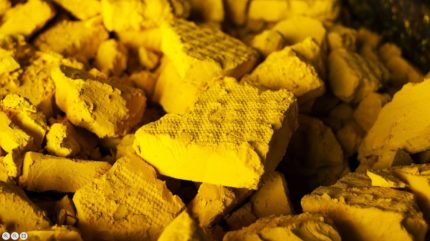
The current uranium resource base can support an expansion of nuclear power through 2050, but this will necessitate investments in new exploration, processing technologies and production centres, according to a new report.
The latest edition of the Red Book, published by the OECD Nuclear Energy Agency and the International Atomic Energy Agency, provides a comprehensive review of the uranium industry and its prospects through 2050.
Global identified recoverable uranium resources totalled 7.93 million tonnes (mt) as of 1 January 2023, a marginal increase from the previous year.
Despite this slight rise, the report, which includes data up to 2022, suggests potential growth in resources from undiscovered or unconventional sources, spurred by recent spikes in uranium prices and international commitments to expand nuclear energy.
Domestic exploration and mine development expenditures have seen a significant rebound, reaching $800m in 2022, with preliminary figures for 2023 indicating a further rise to $840m.
This recovery follows a period of decline due to market conditions and the impact of the Covid-19 pandemic.
Additionally, the Red Book offers projections for nuclear power capacity and uranium requirements, presenting both low and high growth scenarios.
The report also notes a 4% increase in uranium production between 2020 and 2022, with further growth expected.
However, new production centres could face delays due to risk-averse investment climates and complex regulatory environments.
Geopolitical challenges and technical issues in developing new mines and mills may also pose obstacles, highlighting the need for immediate action to secure adequate medium-term uranium supplies.
The US uranium market is facing a slowdown as nuclear power companies hold off on purchases and delay new contracts following President Trump’s tariff threats.


